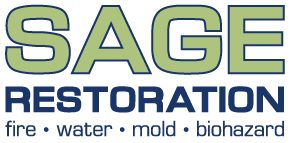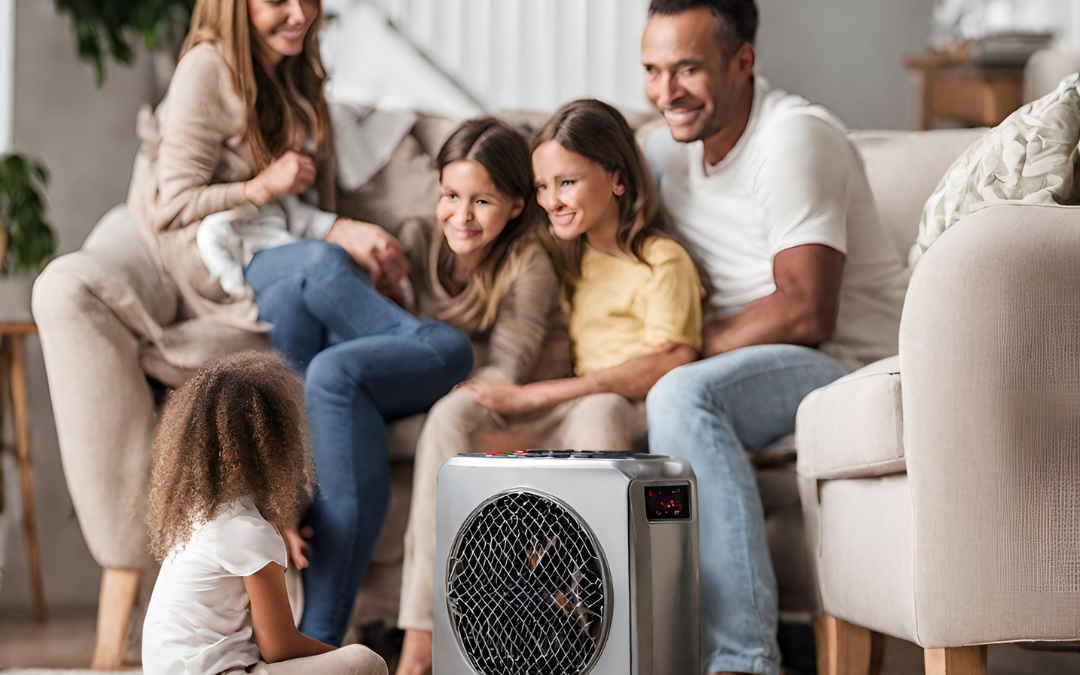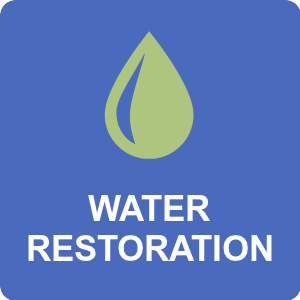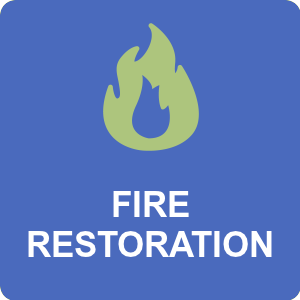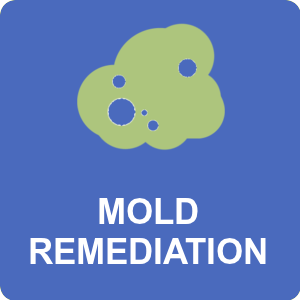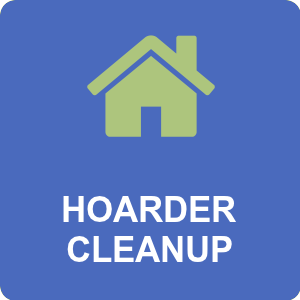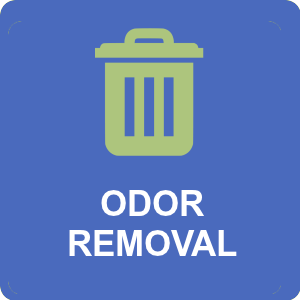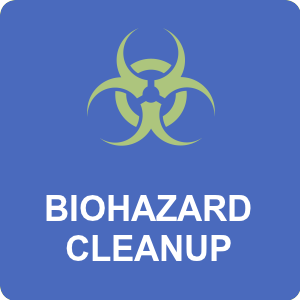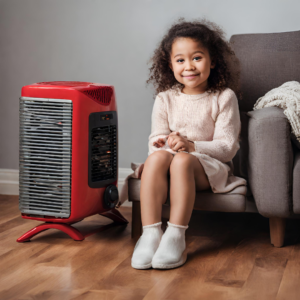
“You can’t get too much winter in the winter,” Robert Frost, the poet, asserted. But many people
don’t subscribe to this sentiment—at least not in the Kansas City area. So we use all sorts of
methods to make sure our homes are nice and cozy in the cold and snow.
However, heating your home inherently carries risks; the National Fire Protection Agency identifies
December, January, and February as peak months for heating fires. Therefore–as you embark on
winter household warmth–maintaining these fire safety tips is imperative:
Wood-burning Fireplace, Stove, and Gas Furnace Safety
Before using any of these for the first time:
• Arrange to have your chimney inspected for potential leaks and cleaned of any soot and
creosote.
• Ensure a thorough inspection of your furnace to verify its proper functioning and absence of
carbon monoxide emissions. Regularly replace the air filter; this simple maintenance task will
assist in ensuring efficient operation.
• Check the stability of your free-standing chimney flue, ensuring tight seams and an absence of
cracks or holes. Loose seams, in addition to cracks and holes, may permit soot and smoke entry into
your home.
• Install a metal or glass fireguard in front of your fireplace; these materials offer superior
strength to mesh screens. Furthermore, they effectively prevent sparks and burning embers from
escaping–a crucial safety measure as errant fires can ignite flammable materials such as carpets.
• Ensure that all combustible items, such as paper, flammable liquids, bedding, or furniture are
at least three feet away from heating equipment. This includes but is not limited to portable
heaters, furnaces, wood stoves, and fireplaces.
Safety Tips for Starting Fires
• Never initiate a fire using gas, oil, or any other flammable liquids; the risk extends beyond
their direct ignition–the potential for out-of-control fire exists due to these substances’ vapors
being easily ignitable.
• Avoid using excessive amounts of paper for igniting fires; it burns rapidly and readily ascends
your chimney flue where it can set ablaze any hidden creosote within – a hazardous situation to
avoid at all costs.
• If you use synthetic logs, closely follow the manufacturer’s instructions.
Make Sure All Fires Are Completely Out
• Always ensure you extinguish your fireplace completely before retiring for the night; never
leave it burning or even smoldering.
• Ensure the ashes have cooled before you close your fireplace damper; a shut damper may
reinvigorate a fire that’s not entirely extinguished, thereby pushing carbon monoxide into your
home.
• Allow ashes to cool completely–the recommended cooling period is four days; subsequently,
discard them. Place these in a covered metal container and store them at a minimum distance of ten
feet from your residence, garage, or shed in Kansas City Home.
Other Ways of Staying Safe From Fires This Winter
• In the event of a power outage, should you opt to utilize a portable generator for warmth,
ensure that it’s positioned at a considerable distance from your house. This precautionary measure
will safeguard against potential carbon monoxide poisoning.
• If you observe discoloration or heat on the walls and ceiling near your furnace or chimney, take
action and install extra pipe insulation.
• If your power goes out, never utilize a gas range or an oven for heating; these appliances can
deplete excessive amounts of oxygen from the air, potentially leading to suffocation or even carbon
monoxide poisoning.
• When utilizing multiple electric heaters, ensure only one is plugged into an outlet at any given
time: failure to do so may result in circuit overload–a potential fire hazard. Additionally, if
the use of extension cords becomes necessary, employ a gauge equivalent to or larger than the
unit’s cord for optimal safety precautions.
• Remember: water and electricity should not be mixed. Thus, it’s crucial to ensure that electric
heaters remain a safe distance from bathrooms and showers.
• Never attempt to thaw frozen water pipes using a blow torch; the intense heat could potentially
ignite the nearest wall.
• Formulate a fire escape plan; ensure that each room possesses a minimum of two exits. Practice
this plan with your family.
Sage Advice: keep the nearest fire hydrants clear of snow. By doing so, you aid not only yourself
and your neighbors but also the fire departments in the Kansas City area. The mere seconds lost
while attempting to locate these crucial safety measures could potentially determine a
life-or-death situation.
When the Worst Circumstances Occur
Even your utmost efforts cannot always prevent accidents. Therefore, should a fire occur in your
home or business in the Kansas City area, it’s imperative to contact Sage Restoration – the experts
in fire disaster restoration; they’ll swiftly restore normalcy to your life! Possessing years of
robust experience in disaster recovery equips Sage Restoration with exceptional qualifications for
cleaning and repairing any property damage you may have suffered.
Sage Advice: keep the nearest fire hydrants clear of snow. By doing so, you aid not only yourself
and your neighbors but also the fire departments in the Kansas City area. The mere seconds lost
while attempting to locate these crucial safety measures could potentially determine a
life-or-death situation.
When the Worst Circumstances Occur
Even your utmost efforts cannot always prevent accidents. Therefore, should a fire occur in your
home or business in the Kansas City area, it’s imperative to contact Sage Restoration – the experts
in fire disaster restoration; they’ll swiftly restore normalcy to your life! Possessing years of
robust experience in disaster recovery equips Sage Restoration with exceptional qualifications for
cleaning and repairing
any property damage you may have suffered.
